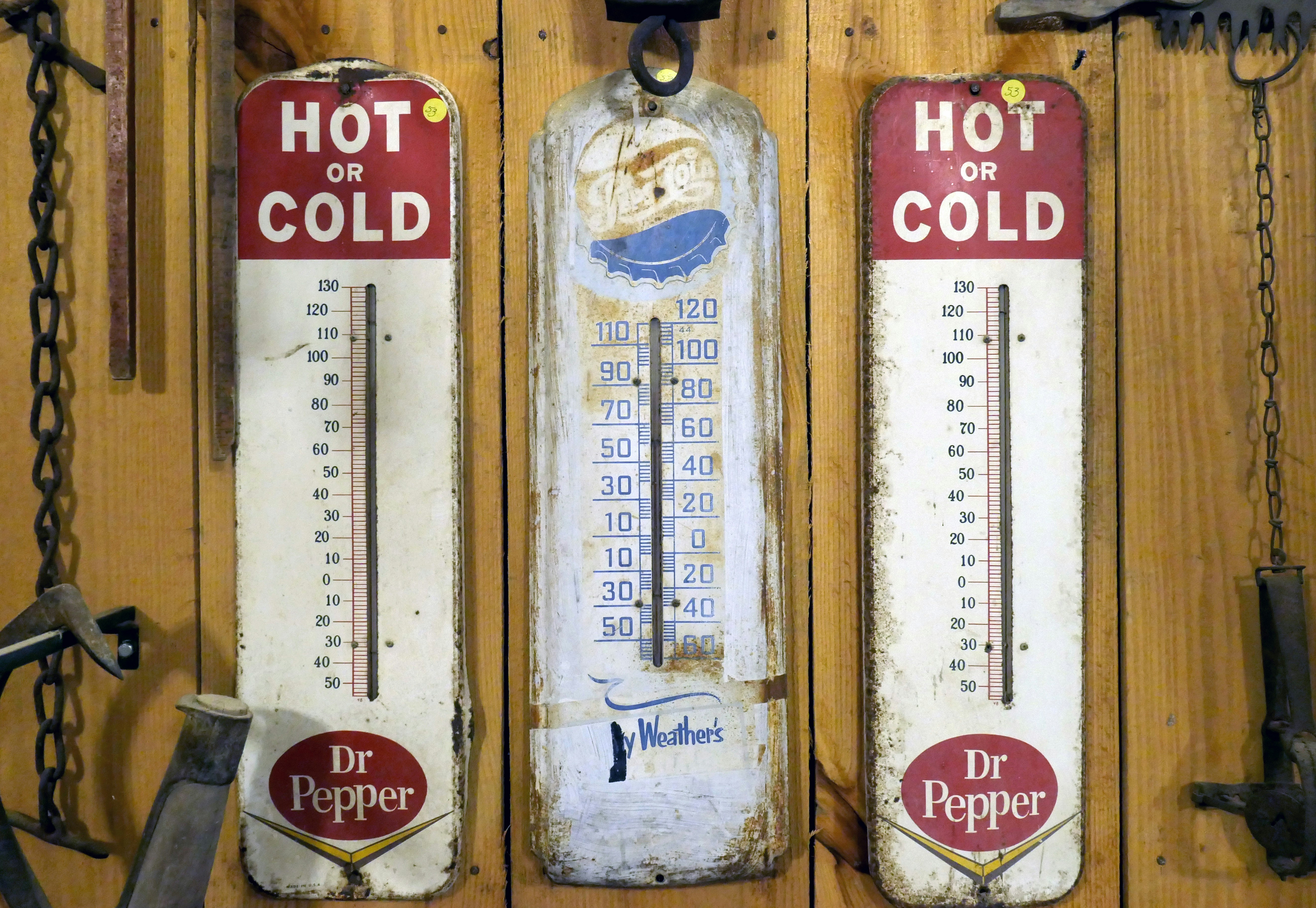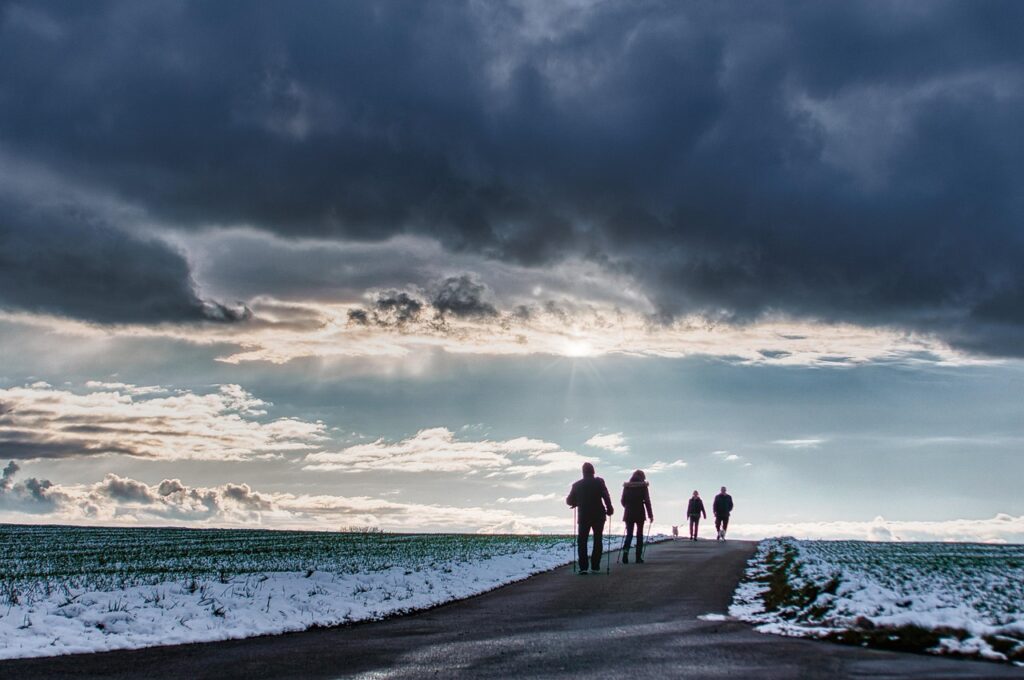Know Your Climate Before You Go
Packing smart starts before you even lay out your gear. First rule: don’t assume. Just because it’s July doesn’t mean it won’t snow at elevation, or that a desert won’t dip below freezing once the sun’s gone. Start by checking historical weather data for your destination and time of year look for trends, not just averages. This gives you a better sense of what’s normal, and what’s possible.
Next, ditch the national forecast and get local. Hyperlocal weather apps and trail specific services give you a better read on what conditions to actually expect. Look for tools that factor in wind, sudden temp drops, or storm activity unique to your route.
And remember: elevation messes with everything. A 30 minute climb can be the difference between sun warmed ground and sleet. Make sure you’re not just checking conditions for the region but for the actual altitudes you’ll hit. That’s where smart layering and prep really pay off.
Layer Like a Pro
The 3 layer system still rules the wilderness in 2026: base, insulation, and shell. Simple. Effective. And absolutely essential when you’re dealing with unpredictable conditions. The base layer’s job is to keep your skin dry think moisture wicking, fast drying fabrics that don’t hold onto sweat. Ditch cotton. Go for performance blends or merino wool if you want comfort without stink after day two.
Your insulation layer is all about trapping heat. In 2026, synthetic insulations have closed the warmth to weight gap with down, and they’re more forgiving in wet weather. If you know it’ll be dry, featherweight down still packs unbeatable warmth. But when the skies are moody, synthetic (like PrimaLoft or Climashield) holds heat even when soaked. Opt for light puffy jackets or insulated vests that compress small but still deliver.
Finally, the shell. This is your armor. It doesn’t need to be bulky, but it must block wind and shed water. Look for breathable membranes that vent heat without losing waterproofing because nothing’s worse than getting soaked from the inside out.
With smart fabrics and lean design, layering today means less weight on your back without freezing at nightfall. Keep it modular. Keep it light. Keep it ready for anything.
Smart Choices in Rain Protection
When the trail shifts from sun to sideways rain, you don’t want to be dragging five extra pounds of wet fabric. That’s why seasoned hikers go ultralight. A quality rain shell might weigh less than 10 ounces and still block driving wind and rain. Heavy jackets? They’re clunky, take up pack space, and stay wet longer. On long treks, waterlogged gear becomes dead weight fast.
Poncho versus jacket? Depends on your pace and terrain. Ponchos offer better ventilation and can cover you and your pack in one go great for sudden, light rain or humid climates. But for pushing through brush or climbing technical terrain, a fitted rain jacket gives better movement and coverage. If you’re moving fast or scrambling, reach for the shell.
Don’t stop at dressing yourself. Waterproofing your gear matters just as much if not more. Dry bags, pack covers, seam sealed zippers. Line your backpack with a trash compactor bag if you’re on a budget. Everything critical sleep system, extra socks, electronics should have its own layer of defense. Getting soaked isn’t just a comfort issue. It’s how trips get cut short. Stay dry, stay moving.
Don’t Underestimate Heat Swings

Just because it’s a desert doesn’t mean it stays hot. The lack of humidity and cloud cover can make temperatures plummet after sunset sometimes below freezing. If you’re planning based only on daytime highs, you’re gambling with comfort and safety. Always pack for the full curve: sun scorched days and bone cold nights.
Start with breathable sun gear that doesn’t just block UV but also vents well when you’re on the move. Long sleeves, light colors, and moisture wicking fabrics are your frontline defense. These pieces pull double duty keeping you cool under full exposure while protecting your skin.
Then, build in flexibility. Swappable mid layers like grid fleece pullovers or insulated vests let you react when the chill hits fast. The goal isn’t to haul bulk. It’s to stay mobile while being ready for a 40 degree drop in a single day. Adaptability is the name of the game. Your gear should shift as often as the weather does.
Packing Strategy to Stay Organized
Weather shifts fast. Your gear needs to be ready before it does. The key is organization, not overpacking. Start with waterproof stuff sacks and compression cubes they’ll keep your layers dry and tight. Group by function: sleep gear in one, warm layers in another, rain gear alone. Color coding helps when you’re fumbling for a shell in a downpour.
Your most used weather gear? It shouldn’t be buried. Keep it up top or in exterior pockets where you can grab it fast. Poncho, gloves, wind shell easy access means fewer delays when clouds roll in.
Think modular. Layering pieces that can double as sleepwear or insulation, clothing you can strip or rework on the move this is what keeps the pack lean and responsive. Leave the single use items behind.
Want to go deeper? Check out Efficient Packing Hacks to Maximize Backpack Space.
Footwear That Can Flex
When you’re logging miles through streams, mud, and sudden cold snaps, your footwear can’t afford to do just one job. Start with shoes that drain water fast but still provide some insulation. A soggy setup is a one way ticket to blisters, numb toes, or worse. Prioritize trail shoes or boots with breathable uppers, solid grip, and midsoles that don’t trap moisture.
Modular systems are coming into their own. Footwear with removable liners lets you dry components faster, swap layers as conditions shift, and fine tune the warmth factor. It’s not just for winter treks, either. Even a lightweight liner can make a difference when temps drop overnight.
Then there’s your sock game. One pair won’t cut it. Roll with a combo: a thin liner sock to cut down friction and a thicker merino wool layer for insulation and moisture control. Pack backups wet socks are pure misery and rotate them often. Your feet do the hard work. Treat them like it.
Extras Worth Their Weight
When the weather flips fast and it will you’ll want gear that punches above its weight. An ultralight emergency bivy or a heat reflective blanket takes up almost no space but can keep you from freezing if the temperature plummets. For unexpected overnights or wind whipped rest breaks, it’s a no brainer.
Compact gaiters are another simple defense that makes a big difference. They block out rain, slush, dirt, and grit saving your socks, your shoes, and your sanity. Bonus: they weigh next to nothing and roll up tight.
Last, don’t leave without convertible gloves and a quick dry buff. One set of gloves that flips from fingerless to windproof keeps your hands adaptable without adding layers. A buff does triple duty: head cover, neck warmer, even a makeshift towel in a pinch. Just enough gear to pivot with the weather, without getting bogged down with bulk.
Final Word on Versatility
When you’re on the trail, weight matters but don’t confuse minimalism with being underprepared. Every ounce should earn its place. A single bulky item might keep you warm once, but it weighs you down the rest of the time. Instead, go with smart layers you can adapt on the fly: strip one off during the mid day climb, toss it back on when the winds pick up.
Think beyond single use. A rain shell can block wind. A buff becomes a hat or neck warmer. A fleece mid layer works on cold mornings and as pillow stuffing at night. The best gear doesn’t just do one thing it plays a role in a broader system.
And that system needs to flex. Weather on the trail doesn’t care about your forecast app. What starts as sun can twist to sleet by nightfall. Pack like it’s going to change because it will. Versatility keeps you efficient, safe, and moving forward.
